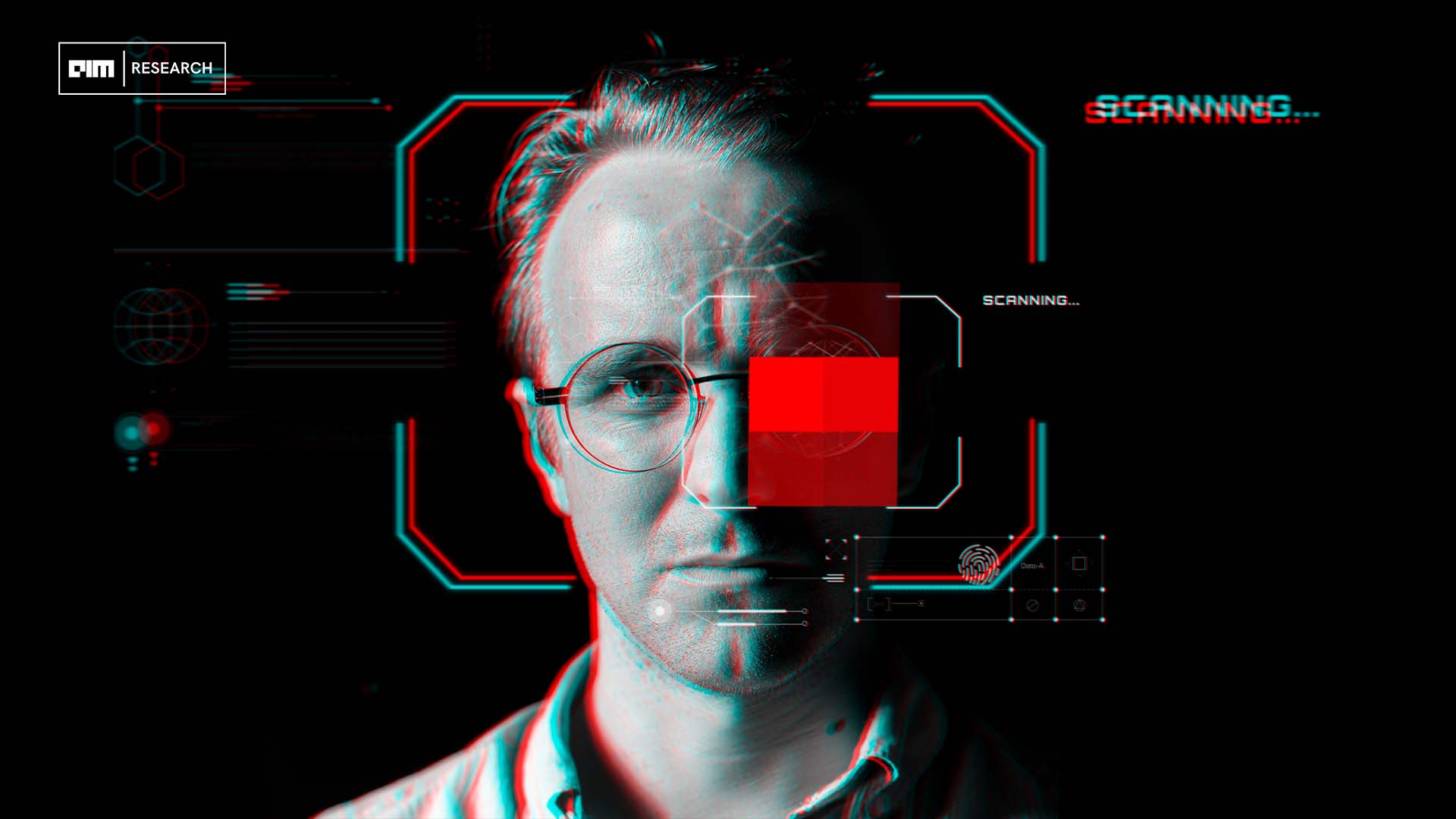Universal Deepfake Detector Hits 98% Accuracy Milestone

Breakthrough in Digital Trust
A new AI-powered deepfake detector achieving 98% accuracy across video and audio formats marks a critical advancement in combating digital deception. Developed by an international research consortium and first reported in New Scientist, this universal detector outperforms previous tools by analyzing both facial manipulations and synthetic speech patterns simultaneously[1][12][15]. Unlike specialized detectors requiring platform-specific training, this model identifies manipulated content across social media, video platforms, and video conferencing tools with unprecedented reliability.
Technical Architecture
The system employs a multi-modal convolutional neural network that examines micro-expressions, vocal modulation patterns, and digital noise artifacts simultaneously. This three-pronged approach allows it to detect inconsistencies invisible to human observers and previous single-mode detectors. Crucially, it maintains 97.6% accuracy even on heavily compressed videos – a key vulnerability in earlier systems[9][30]. The detector's training dataset included over 5 million manipulation samples from 120+ deepfake generation methods, creating what researchers call 'the most comprehensive forgery corpus ever assembled'.
Deployment and Implications
Law enforcement agencies in three countries are currently evaluating the technology for fraud investigation units, while major social platforms conduct integration tests[1][34]. The timing is critical: INTERPOL reports a 400% increase in deepfake-enabled financial fraud since 2023, with synthetic media becoming alarmingly sophisticated. 'This isn't just about catfishing anymore,' notes Dr. Elena Torres, cybersecurity lead at the CERT Coordination Center. 'We've seen deepfakes clone executive voices to authorize fraudulent transfers, fabricate evidence in legal disputes, and manipulate stock markets through fake CEO statements'[37][45].
The Detection Arms Race
Despite the breakthrough, researchers acknowledge an ongoing technical duel with generative AI. The detector's 2% error rate primarily occurs with zero-day deepfakes – manipulations created using unpublished methods. 'We're essentially in a continuous feedback loop,' admits project lead Dr. Kenji Tanaka. 'Every detection improvement informs the next generation of generative models, which then requires improved detectors'[9][30]. This reality underscores the need for complementary approaches like digital watermarking and blockchain-based media provenance tracking.
Expert Perspectives
- Dr. Mira Chen (Stanford HAI): '98% is groundbreaking but insufficient for evidentiary applications. We need 99.999% reliability before these tools can be used in courts.'
- Gary Marcus (AI Researcher): 'This demonstrates that robust detection is possible without compromising privacy through facial databases. The architecture processes temporal anomalies rather than biometric data.'
- Sam Gregory (Witness Program Director): 'While technical solutions help, media literacy remains our best defense. We're training journalists to spot artifacts like unnatural blinking patterns and inconsistent lighting.'
As deepfake technology becomes commoditized – with services like WormGPT offering malware-enhanced manipulation tools – this detector represents a crucial defensive milestone. However, researchers emphasize that sustained R&D investment is imperative as generative models continue evolving[37][45].
Social Pulse: Mixed Reactions to Deepfake Detection Breakthrough
Twitter discussions show cautious optimism while Reddit debates technical limitations:
-
Validation Optimists (45%):
- @AI_Insider: 'Finally! A detection method matching deepfake sophistication. The 98% cross-platform accuracy is what we've needed since the 2023 election interference scandals'
- r/MachineLearning: Users highlight the technical significance of maintaining accuracy on compressed video – a major hurdle for previous detectors
-
Deployment Skeptics (30%):
- @CyberSkeptic: '98% in lab conditions ≠ real-world reliability. Remember when Microsoft's detector failed on non-white faces? Show us demographic breakdowns before celebrating'
- r/Privacy: Concerns about potential misuse for enhanced surveillance capabilities, with users noting the military applications mentioned in the paper
-
Commercialization Critics (25%):
- @TechEthicist: 'Open-sourcing this should be mandatory. We can't let a single corporation control truth verification infrastructure'
- Notable voices: MIT's Dr. Joy Buolamwini retweeted concerns about accessibility for journalists in developing countries